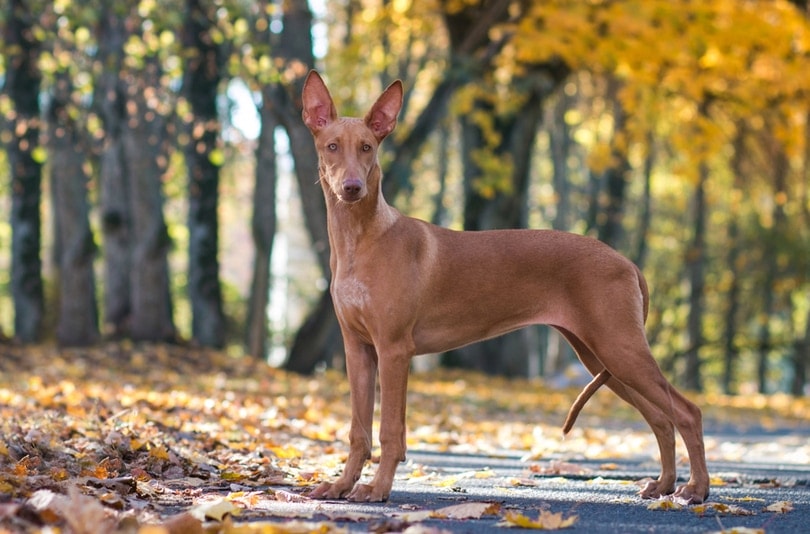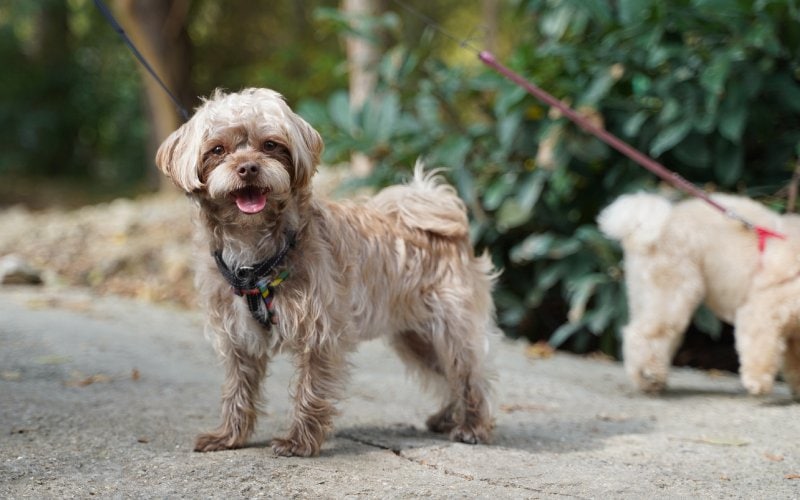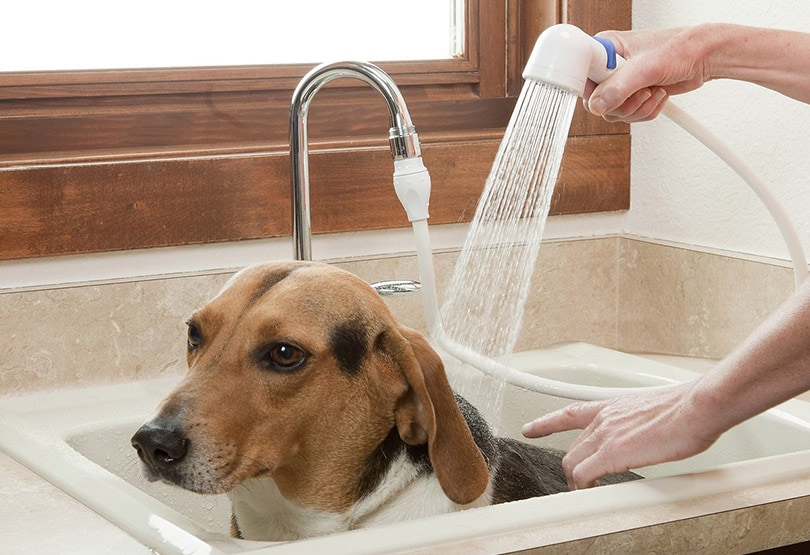How Big Do Havanese Get? (With Growth & Weight Chart)

Updated on
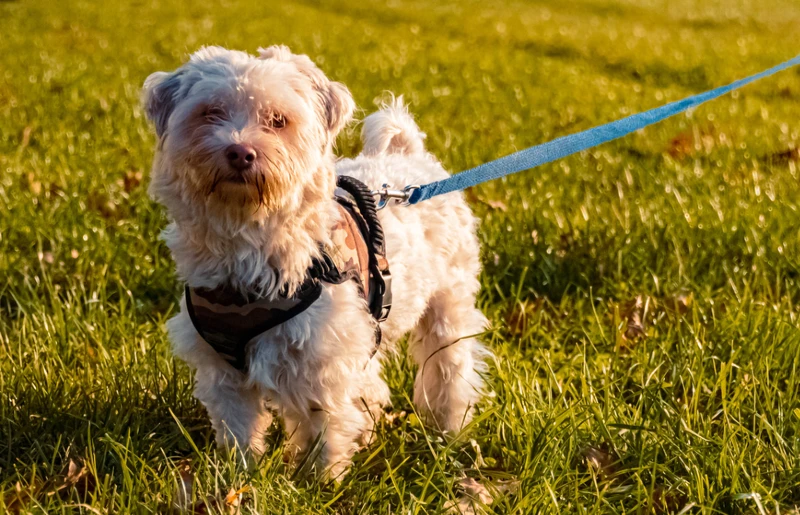
Havanese dogs are a popular breed known for their intelligence, friendliness, and small size. As with any dog breed, it’s important to know how big a Havanese can get and how they grow.
In this article, we will provide a growth and weight chart for Havanese dogs, discuss when they stop growing and go over the factors that can affect their size. On average, Havanese can grow to 10 – 12 inches in length and 8 – 13 pounds in weight. We’ll also give tips on how to measure your Havanese and provide information on the ideal diet for maintaining a healthy weight.
Facts About Havanese
Havanese are tiny breeds that often end up weighing between 7 and 13 pounds and standing about 8.5 to 11.5 inches tall at their shoulders. They are a toy breed and are known for their long, silky coats that can present various colors.
They are also highly intelligent and make great family pets, although they can be quite energetic. They are known for their friendly, affectionate personalities and love to be around people, other dogs, and even cats.
While they don’t need a ton of space to exercise, they still require daily walks or playtime to stay healthy. Havanese may look like the quintessential lap dog—but beware! Despite their small size and cuddly appearance, these dogs have plenty of energy and can easily become wild little bundles of joy given enough freedom!
Another fun fact about Havanese is that they are hypoallergenic, making them a great pet for people with allergies.
This tiny pup began its existence in the United States with only a population of 11 dogs in the late 19th century. Since then, their popularity has grown, and they now are a beloved companion to many families across the world.
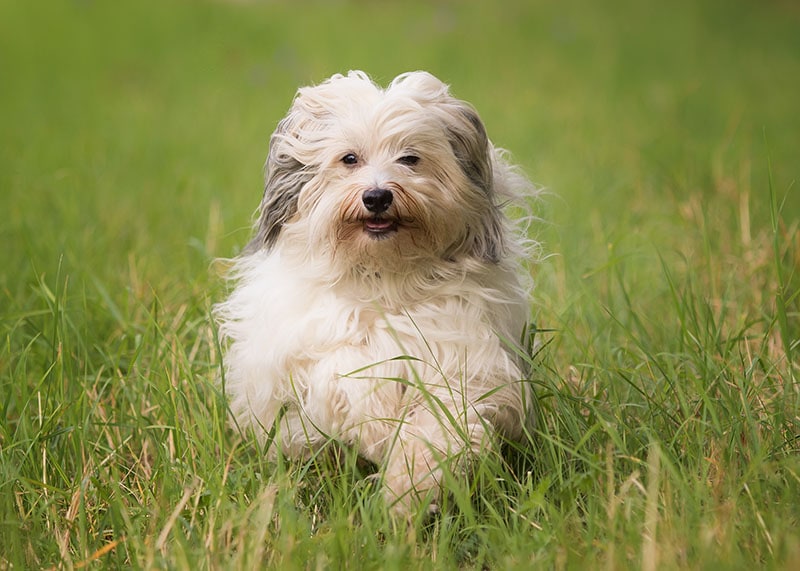
Havanese Size & Growth Chart
The size and growth of a Havanese can vary depending on genetics, nutrition, and other factors. However, the following chart provides a general guide to the weight and length range of a Havanese at different ages.
| Age | Weight Range | Length Range |
| 8 weeks | 1.5–4.5 pounds | 5–7 inches |
| 4 months | 4–8 pounds | 7–10 inches |
| 6 months | 6–10 pounds | 8–11 inches |
| 8 months | 7–12 pounds | 9–12 inches |
| 12 months | 8–13 pounds | 10–12 inches |
| 14 months | 8–13 pounds | 10–12 inches |
As you can see, Havanese put on both weight and length in their first year of life. But after the 12-month mark, this breed usually maintains a steady stature in the years ahead.
If your pup’s size and growth seem outside of the normal range, you should speak to a vet for advice. It’s possible that you need to adjust your pup’s diet or lifestyle to get them on the right growth path.
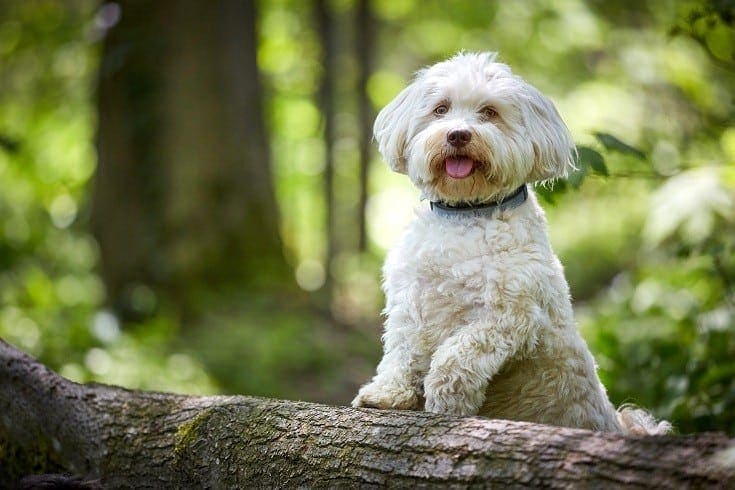
When Does a Havanese Stop Growing?
Most Havanese will reach their full height by the time they are 6 to 8 months old, but they may continue to fill out and gain weight until they are 18 months old or even older. Factors such as genetics, nutrition, and exercise can all play a role in when a Havanese stops growing.
This is in stark contrast to other dog breeds that require up to two years to reach their full size. But regardless of when the growth period ends, Havanese are sure to remain a playful, loving companion for many years to come!
Factors Affecting the Size of Havanese
The size of a Havanese is dependent on a few different factors, such as genetics and nutrition.
- Havanese puppies born to larger parents will typically be bigger than puppies born to smaller parents.
- Good nutrition is also essential for promoting healthy growth in Havanese dogs. It’s important to always make sure you’re providing your pup with a balanced diet appropriate for their age and stage of development.
- Havanese are high maintenance as it is, so check with your vet if you have questions about getting the right food for your pup.
- Exercise can also play a role in your Havanese’s size because regular physical activity helps keep their muscles toned and their bones strong.
No matter how large your pup grows to be, you can always count on them bringing unconditional love and unparalleled happiness into your life!
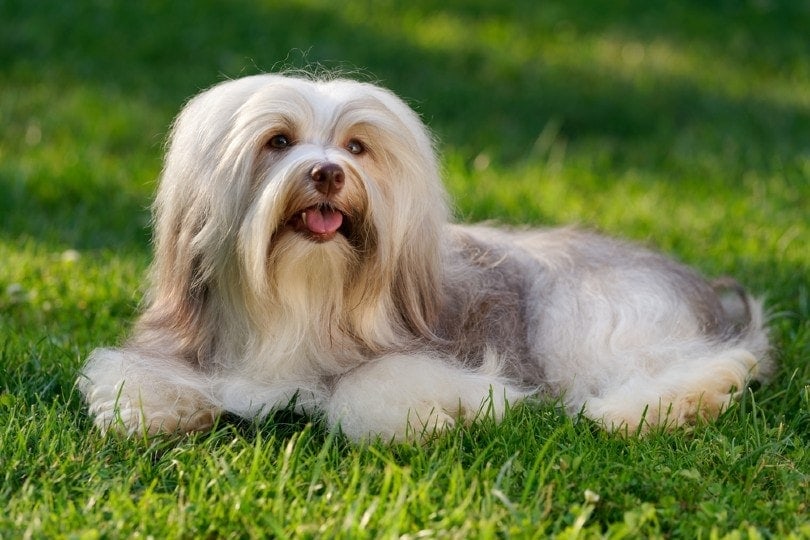
Ideal Diet for Maintaining a Healthy Weight
To help your Havanese maintain a healthy weight and size, it’s important to provide them with a balanced diet that meets their nutritional needs.
This should include high-quality protein, carbohydrates, and fats, as well as vitamins and minerals. Avoid overfeeding your Havanese or giving them too many treats, as this can lead to weight gain and other health problems.
How to Measure Your Havanese
Want to know precisely how big your Havanese will get? To accurately measure your pup, you’ll need a tape measure and a few helpful hints.
First, place your Havanese in a standing position against a wall and use the tape measure to determine their height from the floor to the top of their shoulders.
Next, measure the length of your pup’s body from the base of its neck to the beginning of its tail. To get an accurate measurement of their weight, you can use a bathroom scale or bring your pup to the vet to be weighed.
If you wish to try getting your Havanese’s weight via your bathroom scale, simply stand on it by yourself and record your weight. Then, pick up your pup and stand on the scale with them in your arms, take note of that number, and subtract your own weight from it. You should then have an accurate estimate of your pup’s weight!
Conclusion
Knowing how big a Havanese can get and how they grow is important for providing them with proper care and nutrition. While individual Havanese may vary in size and growth, the growth and weight chart provided in this article can serve as a general guide.
By providing your Havanese with proper nutrition, exercise, and healthcare, you can help them maintain a healthy weight and size throughout their life.
Featured Image Credit: Martin Erdniss, Shutterstock

